Creative hobbies are more than just a way to pass the time. They let us express parts of ourselves that daily tasks may not touch. When you wire your brain for creativity,through drawing, writing, crafting, or music, you sharpen problem-solving, reduce stress, and often find a flow state where you “lose” time in a good way. Starting something creative from home is especially powerful: you control the pace, space, and tools. Even small steps, sketching a page, kneading dough, strumming one chord, can bring satisfaction. And over time, as you build your skills, you often end up not just with something you made, but with an enriched sense of what you can do. It’s freeing to know creativity isn’t reserved for “artists,” it’s available to everyone willing to try.
1. Drawing and Sketching
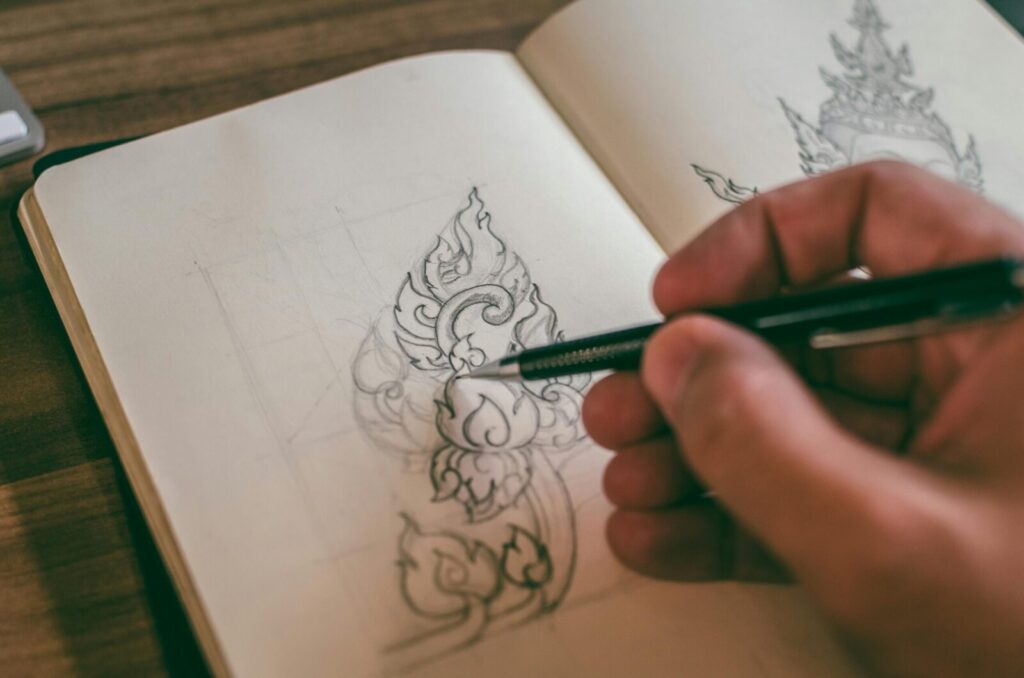
You need almost nothing: a pencil, paper, and maybe an eraser. Drawing sharpens observation, helping you see shadow, shape, and line. You can sketch still life from everyday objects, your room, or photos. Over time, you might explore shading, textures, or working with different media like charcoal and ink. It’s a quiet way to slow down and notice details you usually ignore. Plus, seeing improvement with each sketch builds confidence.
2. Watercolor or Acrylic Painting
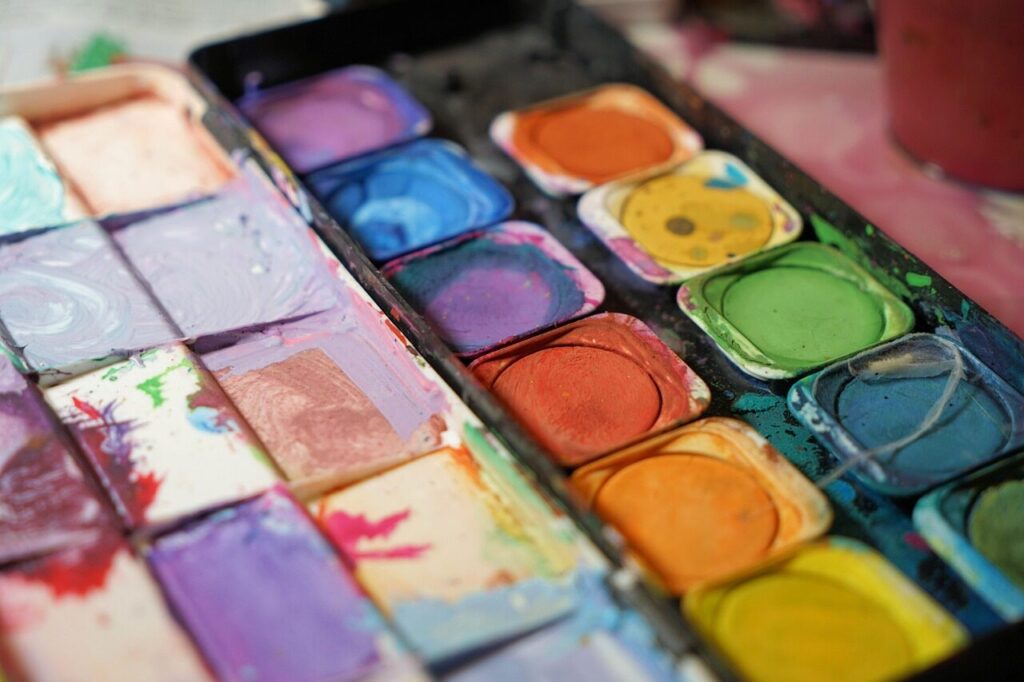
These are forgiving painting media you can try in a small space. Watercolors let you play with washes and transparency, while acrylics dry fast and allow layering. You can start with affordable brushes and paper without needing fancy supplies. Paint something simple, like a leaf or cup, and gradually expand to bigger projects. Watching colors blend and taking creative risks is a rewarding way to express yourself, even when results feel imperfect.
3. Digital Art or Graphic Design
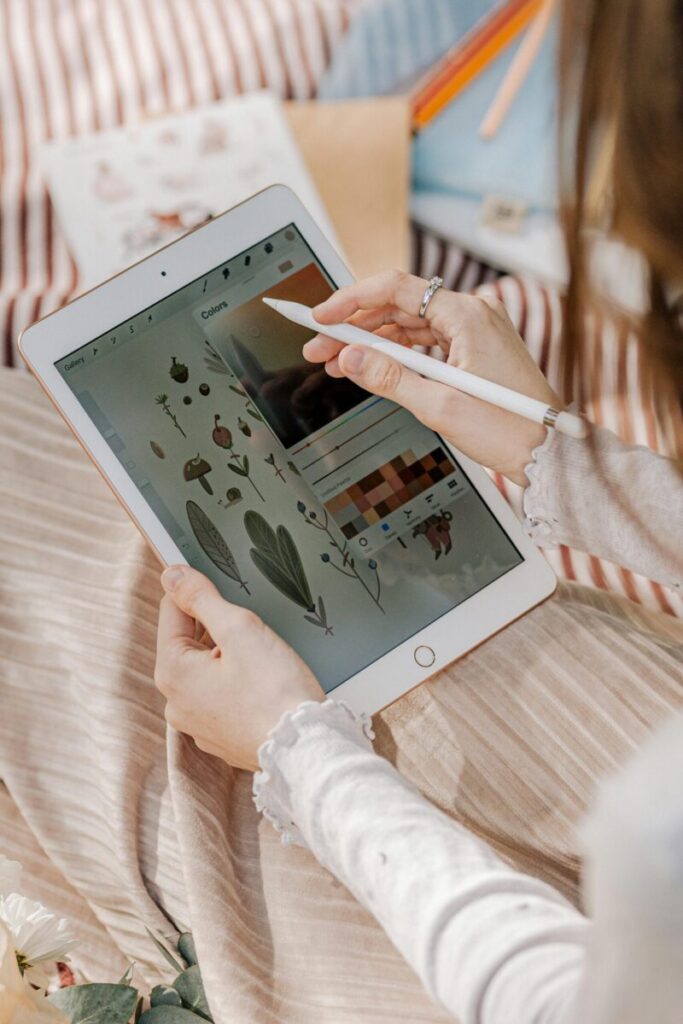
If you have a tablet, smartphone, or computer, you can explore digital art tools. Many free or low-cost apps let you sketch, paint, or design. This hobby can also expand into creating graphics, logos, or digital collages. You get to experiment with color, form, and layering without worrying about physical mess. Sharing or saving your work is easy, and you can revisit and improve over time as your style develops.
4. Calligraphy and Hand Lettering
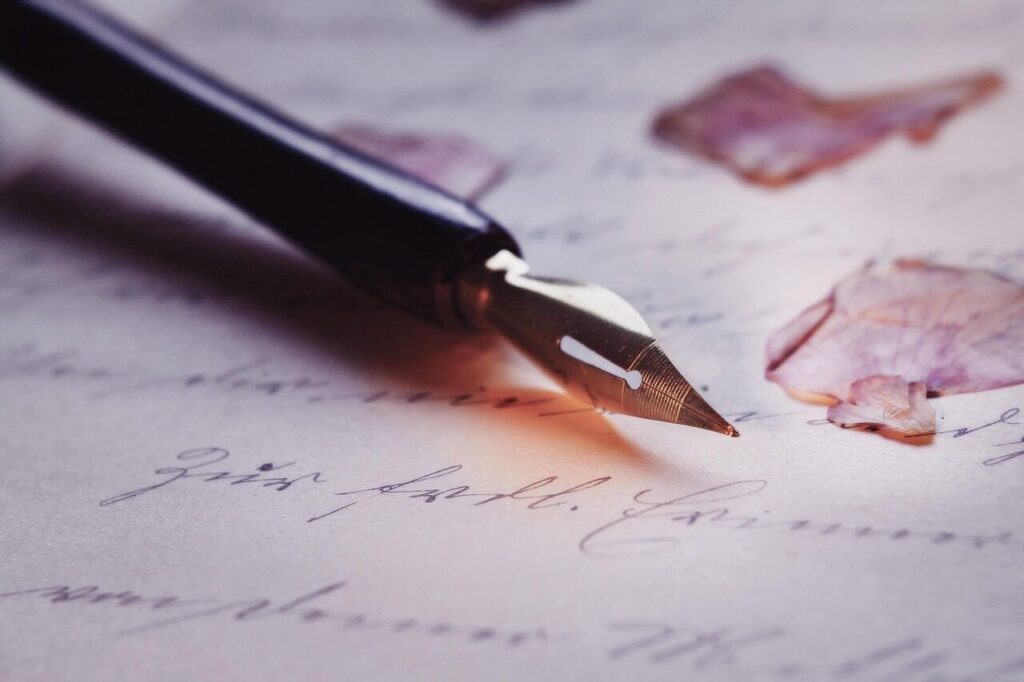
Turning ordinary words into visual art is relaxing and satisfying. You don’t need elaborate materials; a brush pen or felt-tip marker is enough to start. Practicing strokes and balance can feel meditative. Hand-lettered cards, signs, or journal entries become more personal and special when you add your touch. This hobby improves patience and creativity, and helps you see written language not just as communication but as design and expression.
5. Embroidery, Cross Stitch, or Needlework
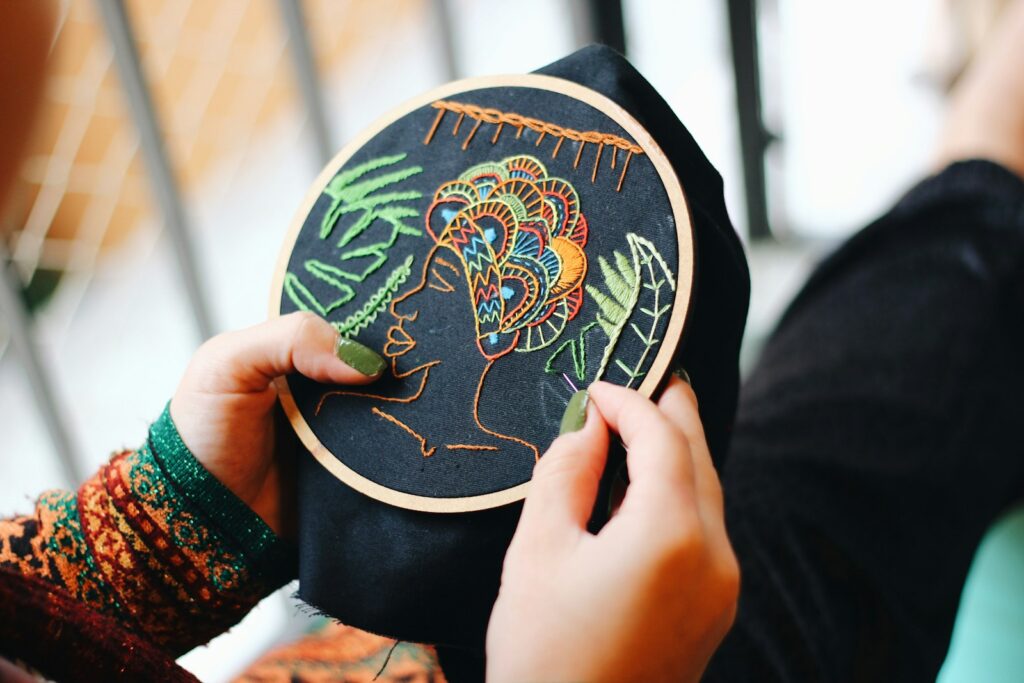
Using a needle, thread, and fabric, you can create beautiful patterns and textures. Beginners may start with simple designs like flowers, leaves, or geometric shapes. Cross stitch offers structure with its grid-based method, while embroidery allows more freedom. These crafts are tactile and rewarding because you literally build your design stitch by stitch. You can make patches, framed art, or decorative household pieces while enjoying a calming and rhythmic activity.
6. Knitting or Crocheting
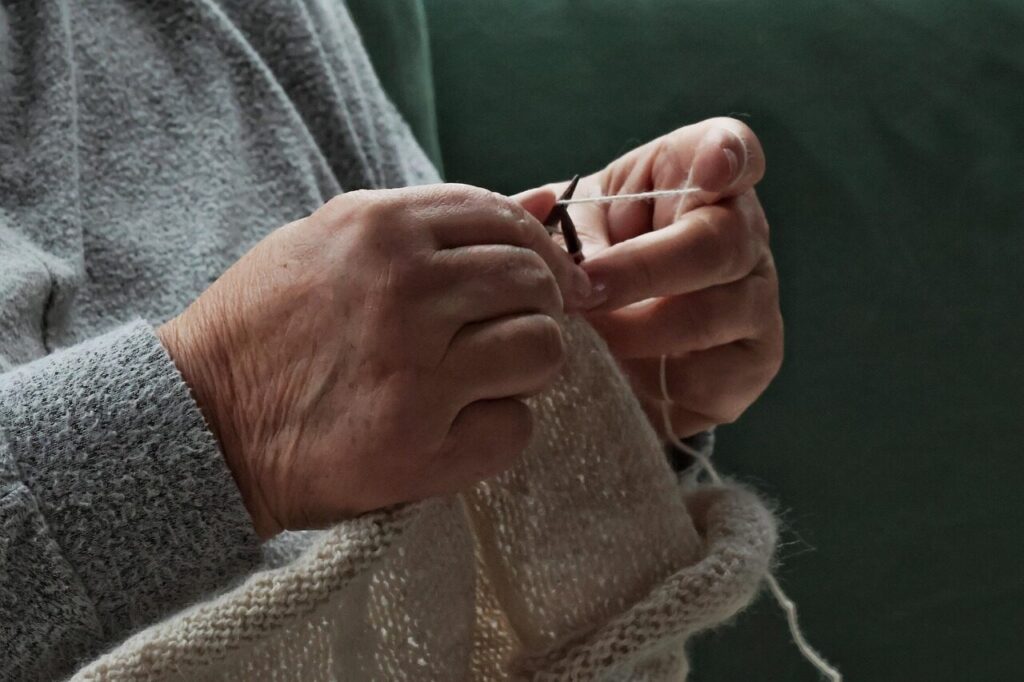
With just yarn and a hook or needles, you can make scarves, hats, blankets, or small items. Each stitch brings a sense of progress, and simple projects are great for beginners. The repetitive motions are relaxing after a long day, while the end products are practical and personal. As you gain experience, you can explore more intricate patterns. It’s a hobby that combines creativity, patience, and comfort in a very tangible way.
7. Pottery and Clay Art
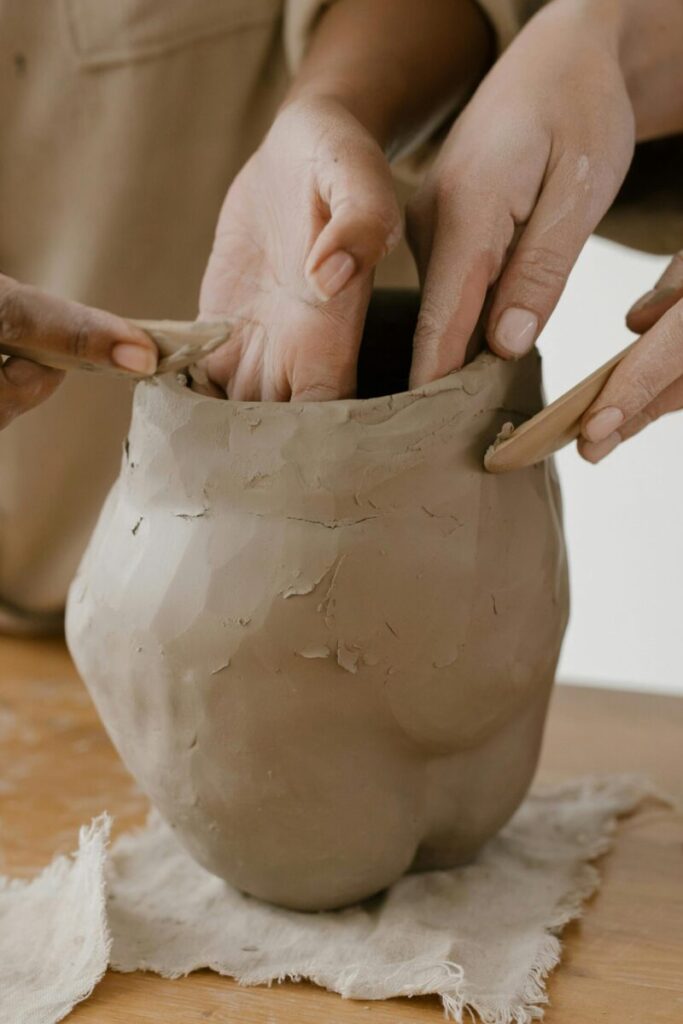
Even without a kiln, air-dry clay or polymer clay lets you sculpt bowls, trinkets, jewelry, or decorative pieces. Working with clay helps you understand form and texture, and shaping something from nothing is deeply rewarding. Imperfections often add character, making your creations unique. Once dried, pieces can be painted or decorated. It may get messy, but cleanup is easy, and the sense of accomplishment is worth it.
8. Candle or Soap Making
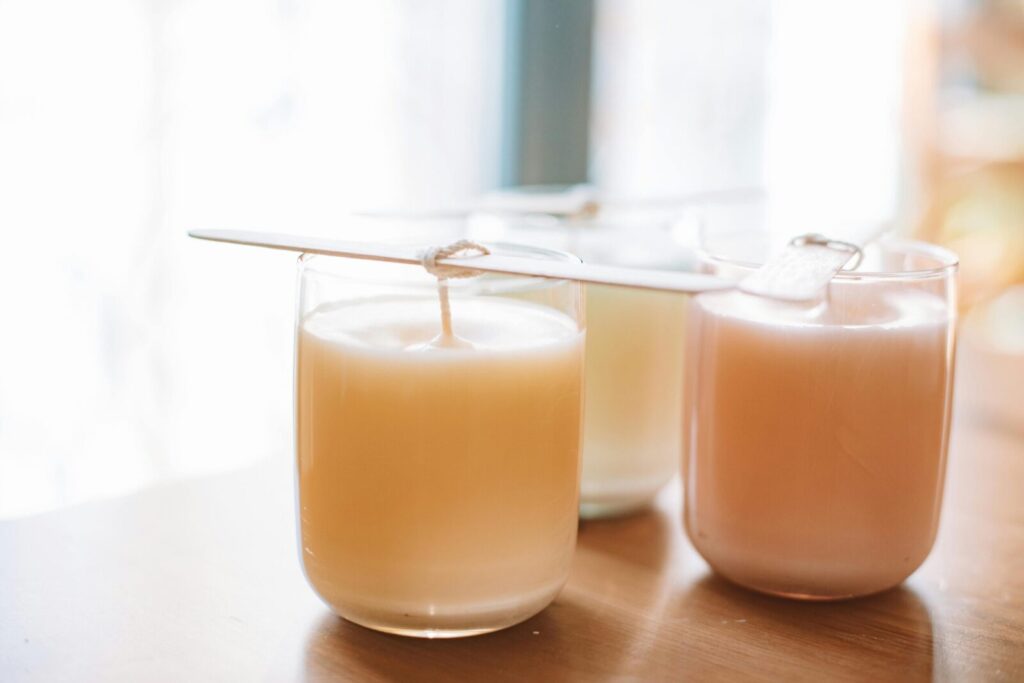
This hobby combines creativity with practical results. With basic kits or ingredients, you can experiment with shapes, scents, and colors. Handmade candles or soaps make great gifts, and the process itself is relaxing and enjoyable. You can test fragrance blends, layer colors, or create seasonal designs. The best part is that you end up with items you can use or share, turning your creative energy into something both beautiful and functional.
9. Flower Arranging and Botanical Crafts
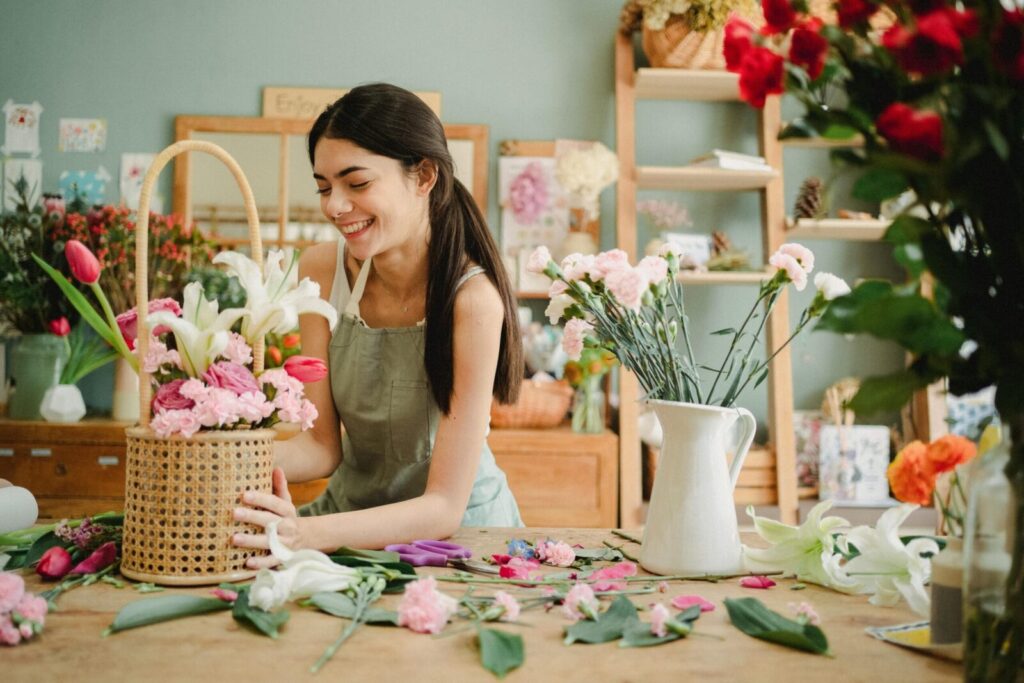
Arranging flowers, whether fresh, dried, or artificial, adds beauty and life to your home. You can also try pressing flowers, making wreaths, or framing botanical art. Working with natural materials connects you to textures, scents, and colors that shift with the seasons. It’s a soothing activity that encourages mindfulness and creativity while brightening your living space. Even small, simple arrangements can make your home feel more vibrant and welcoming.
10. Journaling and Creative Writing
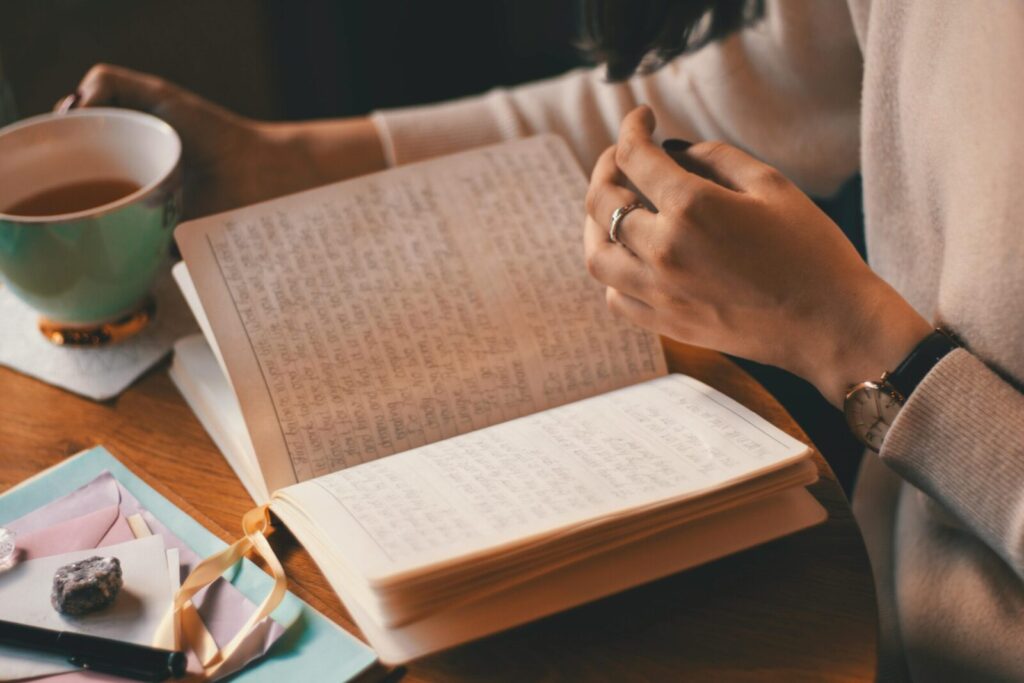
Writing is one of the simplest yet most rewarding creative hobbies. Journaling allows you to reflect on daily life, capture memories, or explore emotions. Creative writing, whether stories, poems, or essays, gives you a chance to exercise imagination. You don’t need rules or structure; just start writing whatever comes to mind. Over time, you may develop a personal voice or even build larger projects. Writing helps organize thoughts and nurture self-expression.
11. Bullet Journaling and Planner Decoration
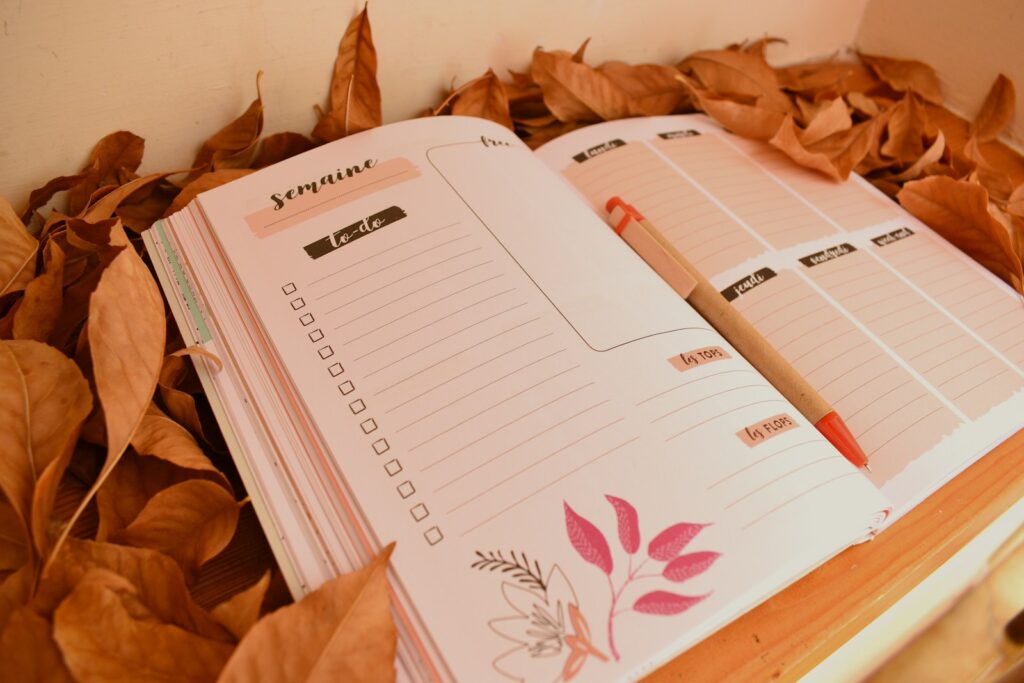
This hobby blends organization with creativity. You can design custom layouts for tasks, goals, and reflections, then add decorations like doodles, stickers, and washi tape. It’s both functional and fun, making daily planning feel inspiring instead of boring. You also learn more about what motivates you by experimenting with different formats. Each spread becomes a mix of art and productivity, encouraging both consistency and self-expression in everyday life.
12. Origami and Paper Crafts
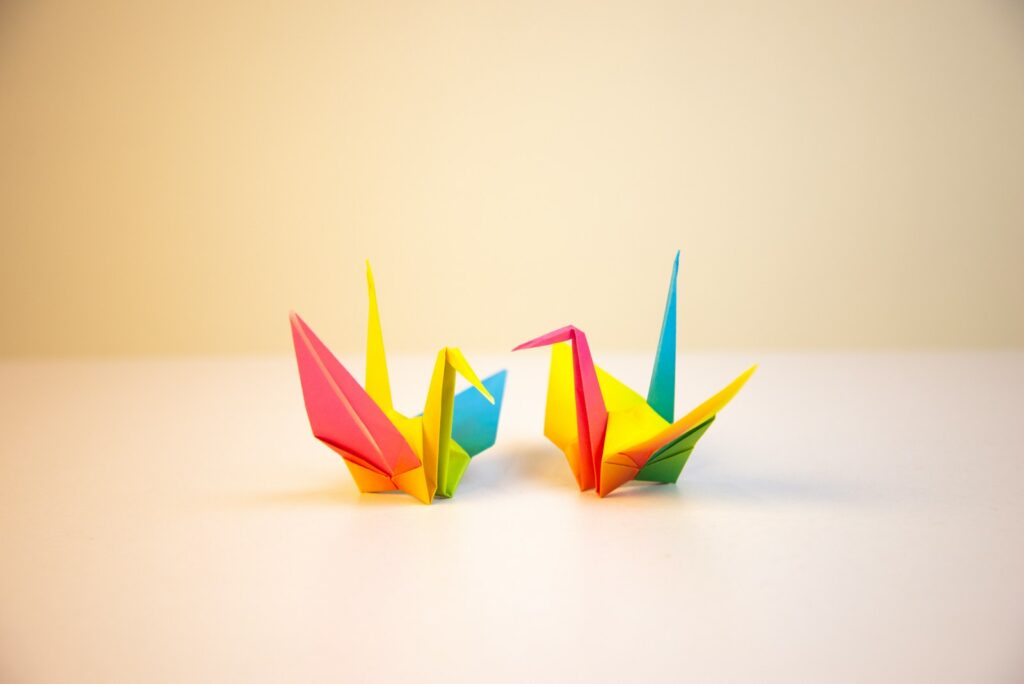
Folding paper into shapes like cranes, boxes, or flowers is both calming and rewarding. Origami sharpens focus and patience, while also teaching you geometry through hands-on practice. Paper crafts can extend to quilling, card making, or collage projects. The results are immediate and satisfying, and you only need simple supplies. This hobby proves that even something as ordinary as paper can become something creative and full of meaning.
13. Puzzles and Brain Games
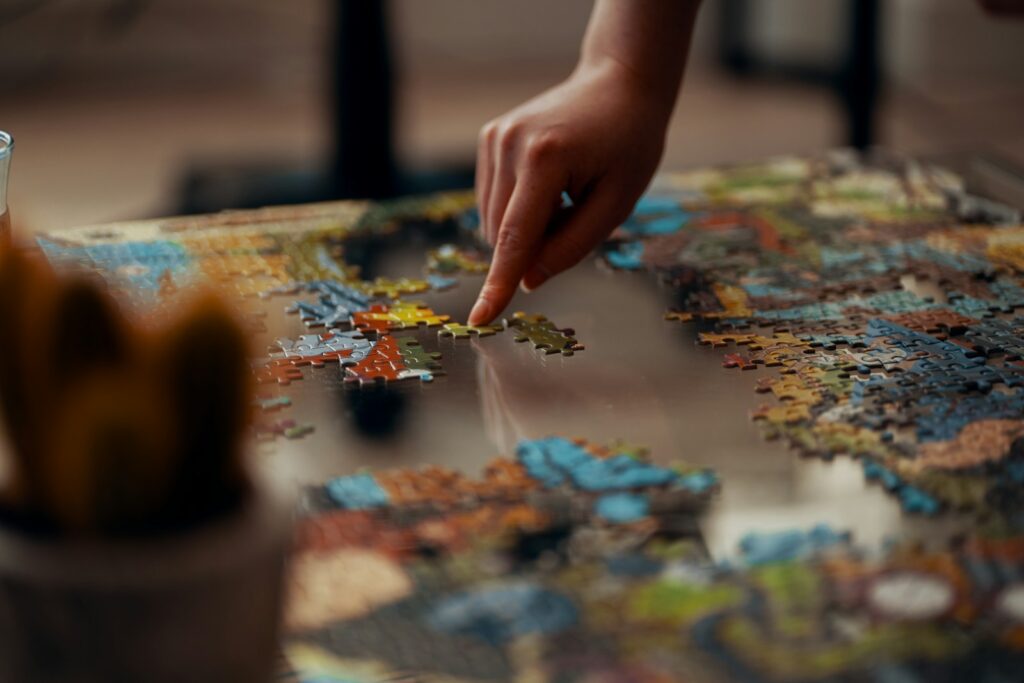
Working on jigsaw puzzles, crosswords, sudoku, or logic games exercises the mind while providing relaxation. Each completed piece or solved clue delivers a small sense of accomplishment. Puzzles can also be social, with family or friends joining in. Jigsaws can be glued and framed as art, while word and number puzzles strengthen memory and focus. They’re simple, portable, and rewarding ways to challenge the brain while having fun.
14. Reading and Literature Exploration
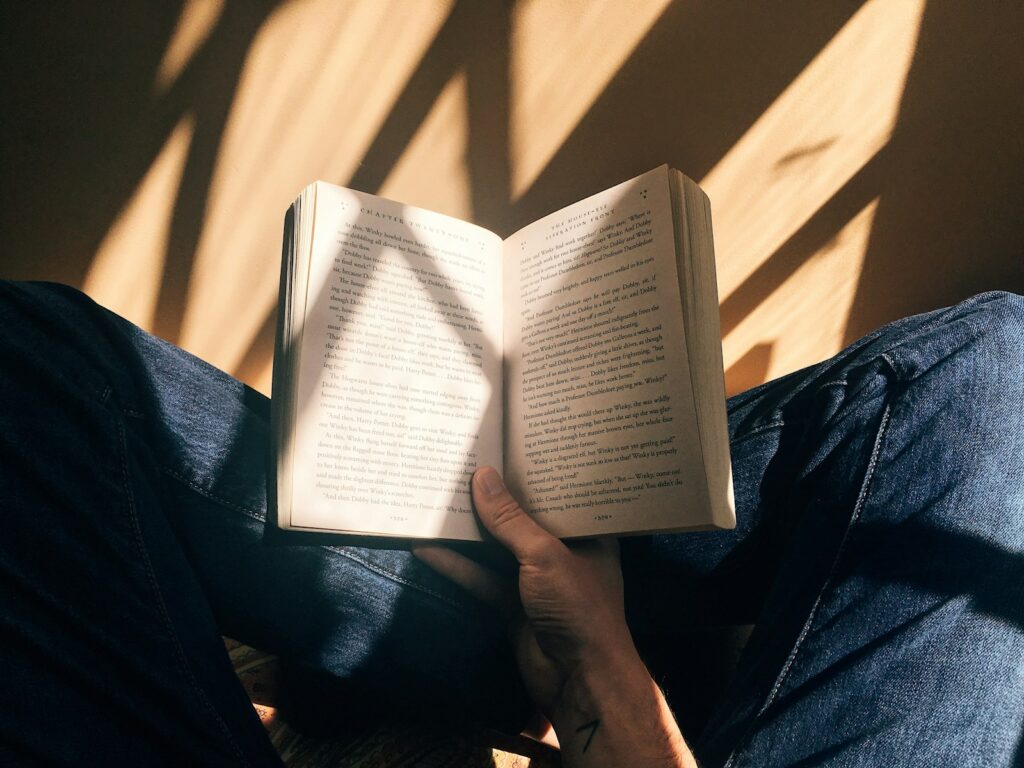
Reading goes beyond entertainment; it stimulates imagination and exposes you to new worlds, ideas, and cultures. You can dive into fiction, nonfiction, poetry, or classics, and even write reflections or reviews about what you’ve read. Joining a book club or setting personal reading challenges can make the experience more interactive. Reading is both personal and expansive, giving you inspiration for other creative outlets like writing, art, or conversation.
15. Learning a New Language
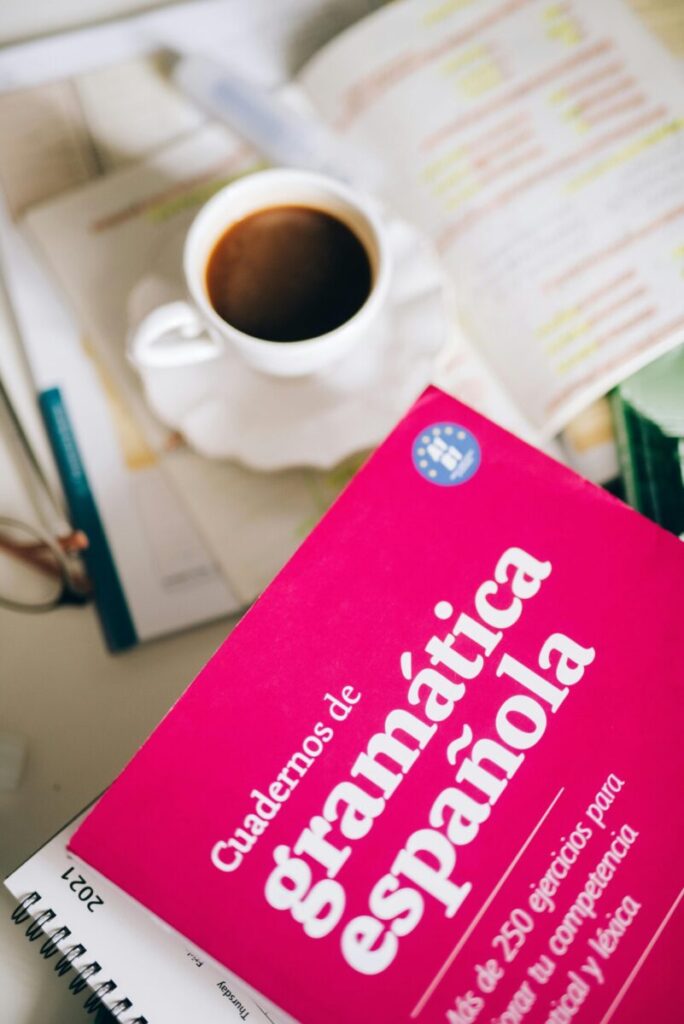
Studying a new language opens doors to culture, connection, and creative thinking. Even at home, you can use books, apps, or online videos to practice. You can also try writing poems, short stories, or even diary entries in your new language. Each word and phrase learned is a small creative victory. It’s not just about vocabulary, it’s about seeing the world from a fresh perspective and enjoying the process of discovery.
16. Playing Music or Singing
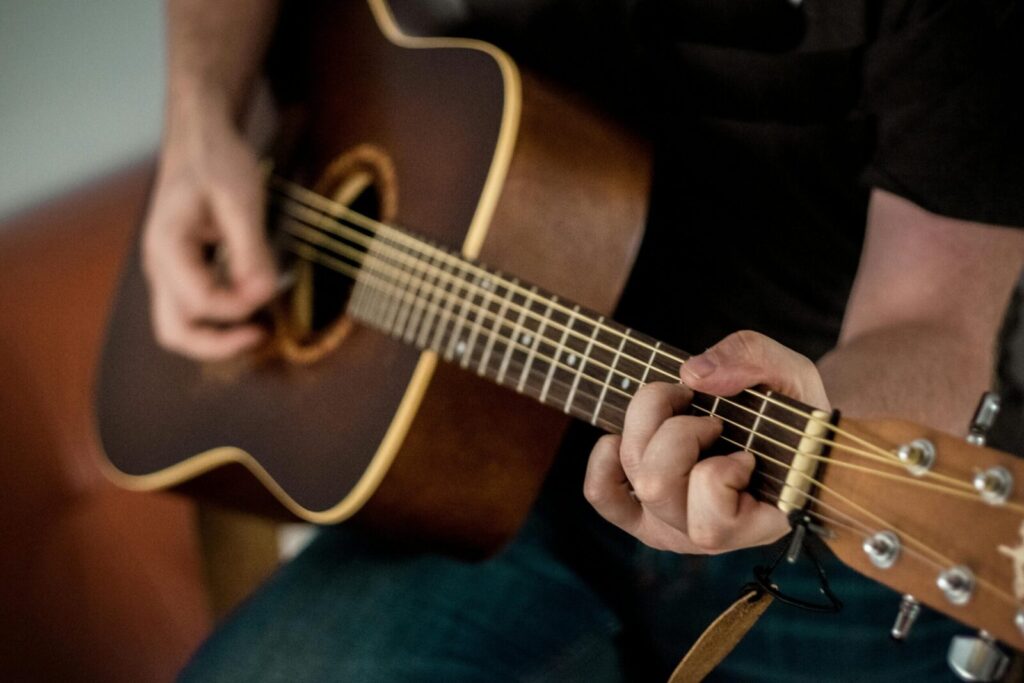
Learning an instrument or practicing singing can be a deeply fulfilling creative outlet. Instruments like guitar, keyboard, or ukulele are beginner-friendly, and even simple songs feel rewarding to play. Singing is equally powerful, requiring only your voice. Music teaches rhythm, patience, and self-expression. You can play alone for relaxation or record and share your progress. No matter your skill level, music uplifts mood and sparks creativity.
17. DIY Crafts and Upcycling
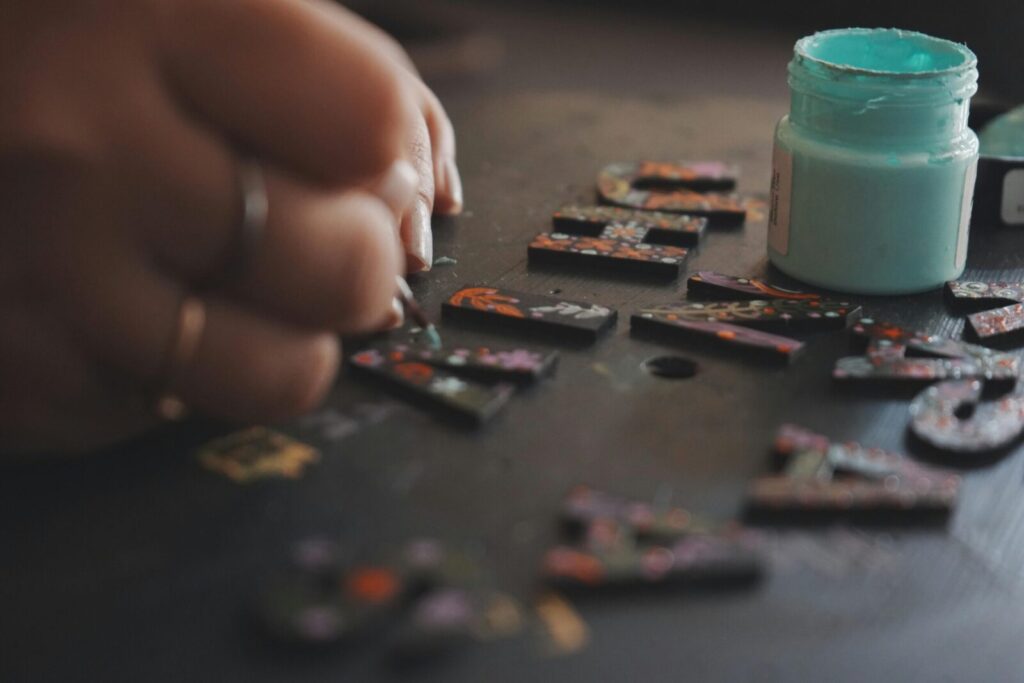
This hobby transforms old or unused items into something fresh and functional. You might repaint furniture, refashion clothes, or decorate everyday objects. Upcycling encourages creative problem-solving by challenging you to see potential in materials others might discard. It’s both eco-friendly and satisfying, giving new life to things around you. Plus, each project is unique, personal, and often saves money while reducing waste.
18. Home Baking and Creative Cooking
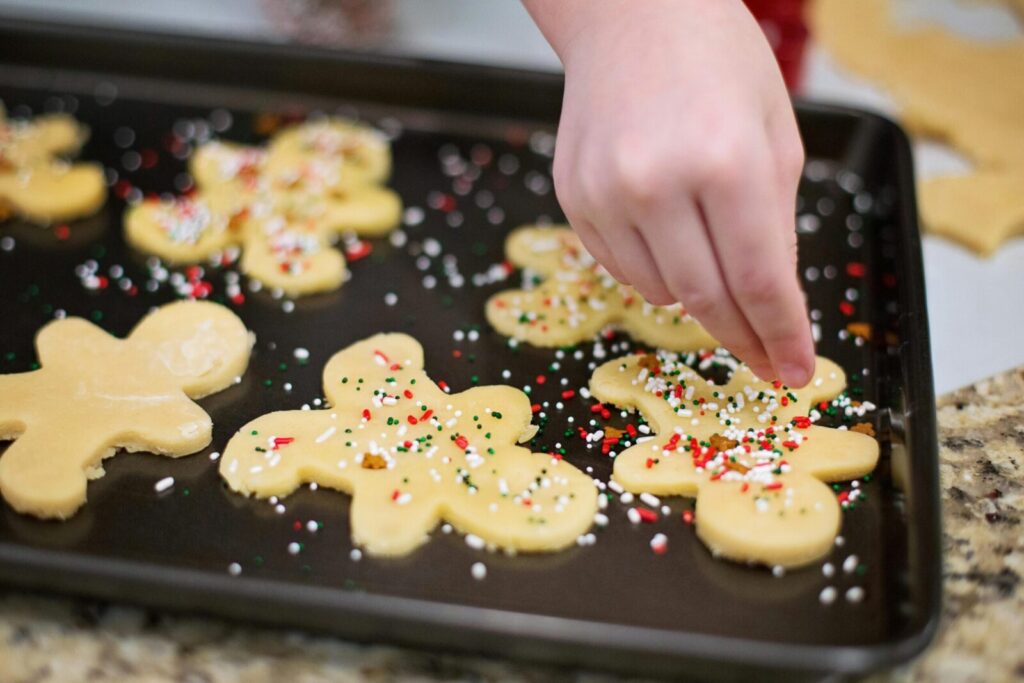
Cooking is one of the most enjoyable ways to be creative at home. You can experiment with flavors, try new recipes, and plate dishes in artistic ways. Baking especially combines science with creativity, allowing you to make breads, cakes, and pastries with your own twists. Each attempt teaches you timing, texture, and presentation. Best of all, you get to enjoy and share your creations, making it a warm and rewarding hobby.
19. Photography and Mobile Photography
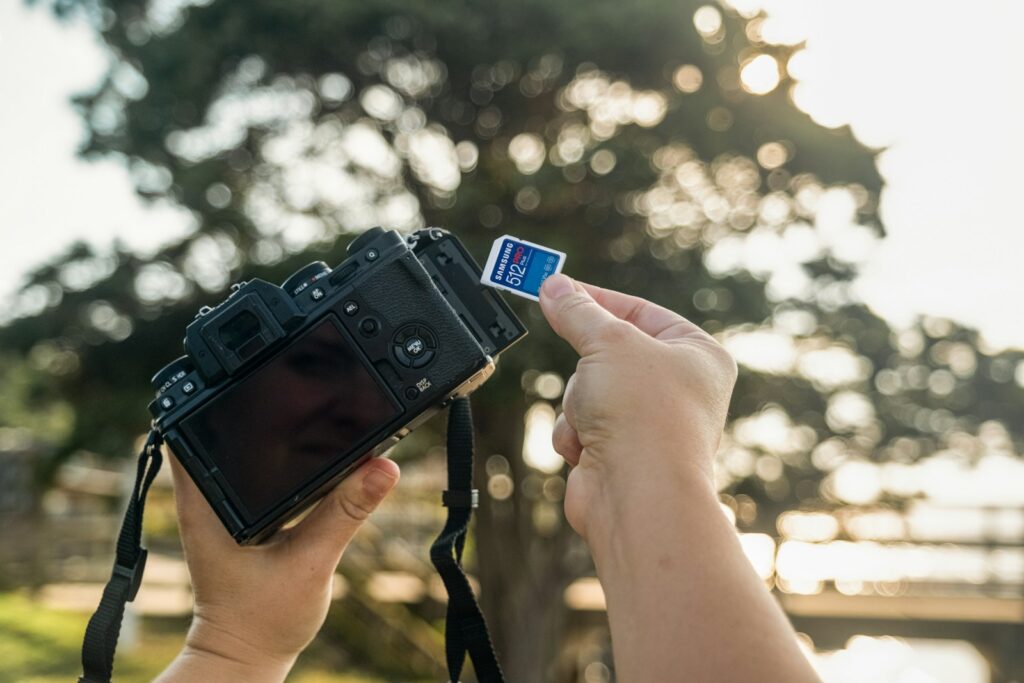
With a phone or camera, you can explore photography without leaving home. Capture everyday details, experiment with lighting, or set up still life scenes. Editing tools make it easy to adjust colors, moods, and compositions. Photography sharpens your eye for beauty in ordinary moments and encourages you to see your surroundings differently. Over time, you can create photo journals or albums, turning snapshots into lasting creative expressions.
20. Collage and Mixed Media Art
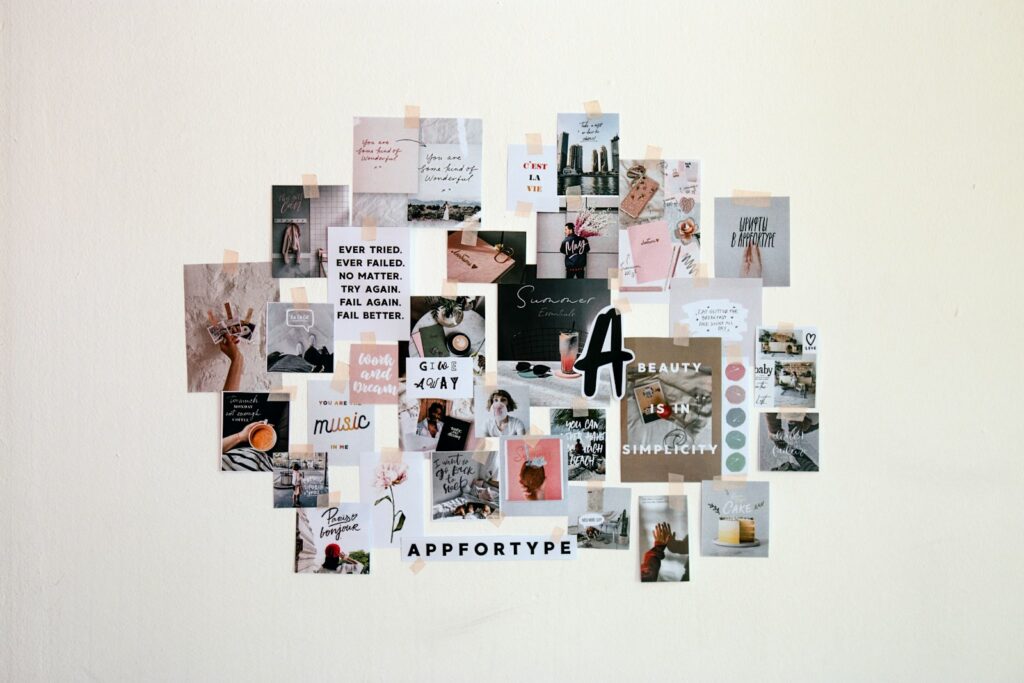
This hobby combines different materials like photos, paper, fabric, and paint to create layered artworks. It’s all about freedom and experimentation, with no strict rules. You can make visual journals, wall art, or small collages that express moods and ideas. Mixed media is forgiving because you can always layer over or add new elements. It’s expressive, therapeutic, and full of surprises, making it a fun way to play with creativity.
Comments